The genius of the Minimoog
Jump in the time machine and travel back to 1971 — the year that Walt Disney World opened, Alan Shepard played golf on the moon, and Intel introduced the first commercial microprocessor. In the little town of Trumansburg in upstate New York, Dr. Robert A. Moog was soldering together the future of music, one circuit at a time. Bob and his small staff of engineers and craftspeople worked overtime to meet the surging demand for the Minimoog after its launch the previous year. There was a good reason for the instrument’s resounding success. The Minimoog Model D marked the point when synthesis broke away from academia. Previously, universities were pretty much the only entities with the budget (and the space) for the massive modular synthesizers that came before. The genius of the Minimoog was that it distilled the essence of those behemoths into a portable monosynth optimized for live performance. In the process, Bob Moog had created the archetype for all analog synthesizers to come.
Altering the course of modern music
The ’70s spawned an avalanche of fusion bands melding rock, jazz, funk, and other genres — and the Minimoog was right at the center of it all. As a solo voice, the Minimoog gave keyboardists an axe that could go toe to toe with a lead guitarist plugged into a wall of amplifiers. But the Mini also lent itself to crafting massively heavy bass lines and celestial pads. In the later part of the decade, it would go on to power the synth-pop insurgency that dominated the airwaves through ’80s and into the ’90s, its inimitable sounds eventually becoming a cornerstone of both hardware and software synth patch libraries. In the modern era, Moog has released limited editions of the Model D only sparingly. At Sweetwater, the 2018 release was snapped up quickly by astute synthesists who jumped at the chance to own the real deal. If you missed out, now is your chance to own the legend!
Over 50 years of hit records
From Yes and Kraftwerk to Chick Corea and Jan Hammer, the Minimoog was de rigueur for progressive rock and jazz heavies blasting their way into a brave new world of popular synthesis. From the 1970s onward, the Minimoog has been heard cross-genre on classic recordings by Herbie Hancock, Rick Wakeman, Steve Winwood, Bob Marley, Bernie Worrell, Giorgio Moroder, Toto, Rush, Gary Numan, Michael Jackson, Nine Inch Nails, Dr. Dre, and countless others. Who can forget that killer “Thriller” bass line? The Moog sound remains a vital ingredient in TV, game, and motion picture scores and sound design, and a staple of all well-stocked virtual instrument libraries. But why play with software when you could break out of the box and rock the real thing? Used Minis in decent operating condition command a pretty penny — if you can find one. Today’s Minimoog Model D is your opportunity to own the genuine article at a lower cost, complete with state-of-the-art upgrades — and a warranty. This one’s a no-brainer.
Modern upgrades onboard
While no changes were made to the original sound engine or audio signal path, the 2022 Minimoog Model D has been refined with modern upgrades. These include a dedicated LFO with triangle and square waveshapes, a premium Fatar keybed with velocity and aftertouch (both available via top panel CV jacks with trim pots), full MIDI integration, and a mixer feedback mod that sends the Mini into screaming overdrive with the simple twist of a knob. And, for the first time ever, the pitch wheel is now spring-loaded with a center dead band, facilitating enhanced playability.
The Minimoog legend lives
The Mini’s famously fat, punchy sound is mainly attributable to its discrete circuitry and the filter being overdriven. But analog synthesis is not always about blistering leads, blippy sounds, and weapons-grade bottom end. Granted, the Minimoog wrote the book on these things, but it’s also capable of eerily accurate simulations of acoustic instruments such as woodwinds, brass, and strings. From aggressive to serene, the Mini deploys a universe of sonic bliss. It’s been the iconic go-to monosynth for 50 years and counting, and today’s Minimoog Model D keeps the legend very much alive.
A model of simplicity
The Minimoog Model D is a self-contained monophonic analog synthesizer, and the direct descendant of the Moog modular synthesizers that preceded it. If you want to learn analog synthesis, then what better place to start? The control panel is a model of simplicity, with the Mini’s three oscillators, noise generator, dedicated LFO, audio Mixer, Filter, and envelope generators logically grouped together by type. The Mini’s normalled signal flow means you don’t have to mess with patch cables just to get sound out of it. You direct the signal path with easy-to-understand color-coded rocker switches. But when you’re ready to roll up your sleeves and throw some patches, the expanded top panel accommodates.
CV routing options and MIDI
While not a modular synth, the Minimoog Model D enhances your sound-sculpting capabilities with new CV routing options on its top panel. In addition to the Control Voltage inputs for Loudness, Filter (cutoff), and Oscillator pitch offered by vintage Minis, the Model D adds an input for External Modulation Source and also gives you CV outputs for After Pressure (aftertouch), Pitch, V-Trig Gate, and Velocity. This means you could throw a patch and have, for instance, aftertouch control over your filter cutoff or velocity control over your amp. In addition, Moog has added 5-pin DIN MIDI in, out, and thru jacks to provide basic MIDI connectivity. The Model D can receive MIDI Note and Pitch Bend information, as well as SysEx commands. It can send polyphonic MIDI Note, Velocity, and Pitch Bend information, as well as Aftertouch.
New modulation capabilities
While remaining faithful to the original design, the Minimoog Model D gives you modulation possibilities the original didn’t offer. Moog has added the ability to use the Filter Contour as a modulation source for things like analog percussion sounds. There is now an External Modulation Source input so that you can bring in any other types of modulation sources to the instrument. They’ve also added a dedicated LFO (with your choice of Triangle or Square waveforms) right above the pitch bend wheel on the left cheek. The Mini’s three voltage-controlled oscillators are capable of devastating sonic power. As with the original, you have the option to commandeer the third oscillator for modulation duties, in which case you’d have two LFOs for crafting swirling and evolving textures, and two oscillators for sound generation. Experienced synthesists at Sweetwater know that the Mini sounds amazingly gutsy with just one oscillator; so with two, you’re still ahead of the game.
Simply irresistible
Clad in a tour-tough, hand-finished aluminum chassis and smartly finished in a locally sourced hardwood cabinet, the 2022 Minimoog Model D is both road ready and gorgeous. Sounding as powerful and vibrant as ever, the Mini’s legendary lowpass ladder filter, beastly oscillators, and richly saturating mixer feature the exact component configuration and through-hole design of a 1970s Minimoog Model D. And the sound is to die for. For touring professionals, there’s an optional fitted ATA road case available. Simply put, the Minimoog Model D reissue is irresistible: the most iconic synth ever, brought up to modern spec. You’re going to love it.
Moog Minimoog Model D Analog Synthesizer Features:
- A faithful re-creation of the most iconic synth in history
- Mil-spec parts and build quality
- Optimized, state-of-the-art update of the original discrete analog circuitry
- Added modern features, including MIDI, a premium Fatar keybed, robust power supply, spring-action pitch wheel, and more
- 44-note Fatar keybed with velocity and aftertouch
- Delivers the inimitable power and presence of a vintage Moog
- Hand-finished aluminum chassis with locally sourced hardwood cabinet
- MIDI in, out, and thru via 5-pin DIN jacks
- Receives MIDI Note, Pitch Bend, and SysEx commands
- Sends MIDI Note, Velocity, Pitch Bend, and Aftertouch
- Control Voltage inputs and outputs
- In: Loudness, Filter, Oscillator, and Modulation source
- Out: Aftertouch, Pitch, V-Trig, and Velocity
- Dedicated analog triangle/squarewave LFO
- Highly gigable; weighs only 32 pounds
- Handcrafted in Asheville, NC, USA
- Includes Power Supply, User Manual, Registration Card, Product Catalog, and Poster
- Optional fitted ATA road case, semi-rigid ABS case, and dust cover available separately

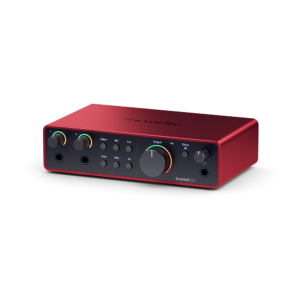
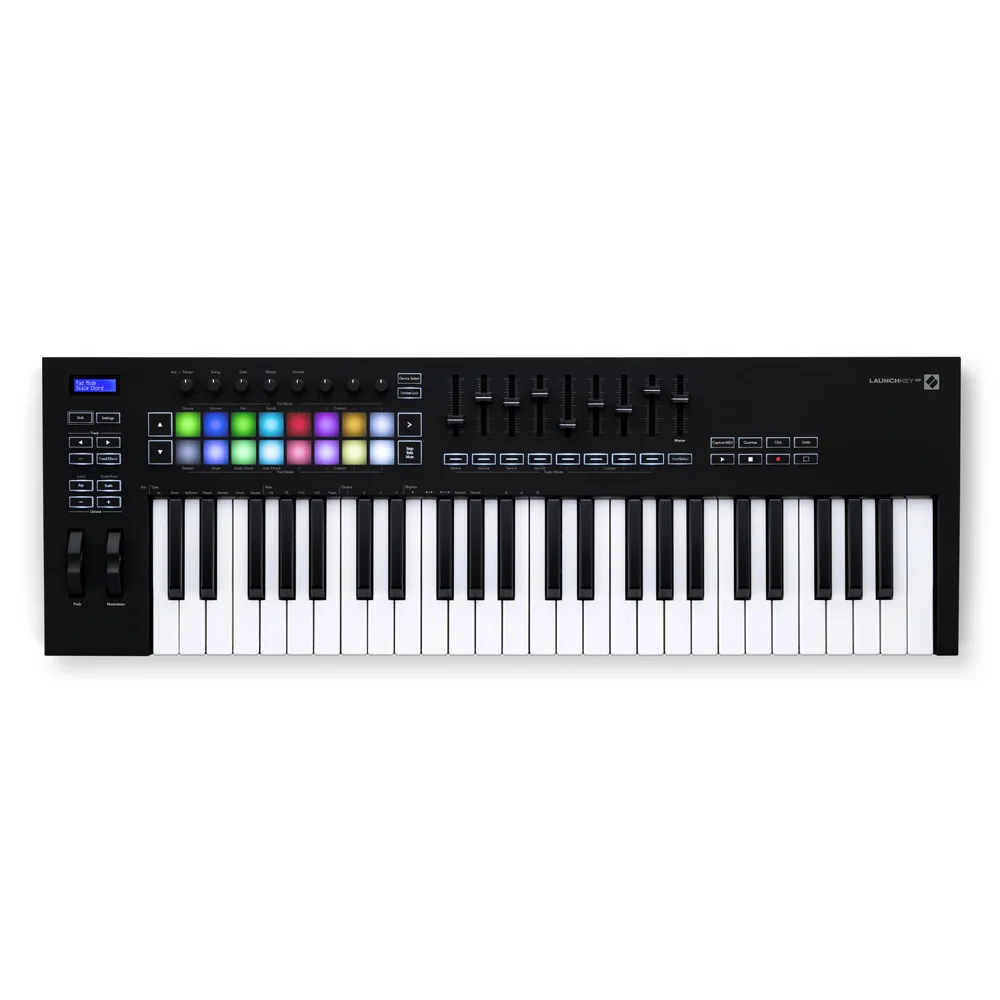
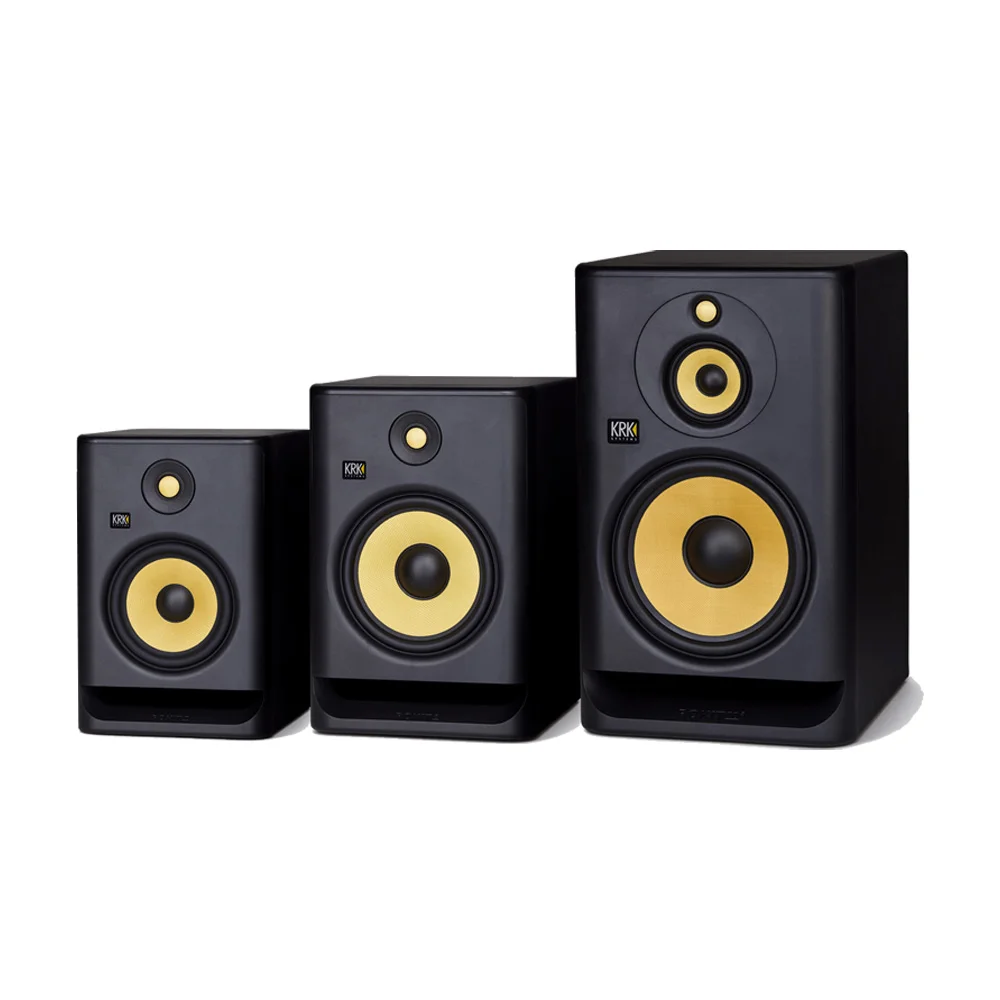
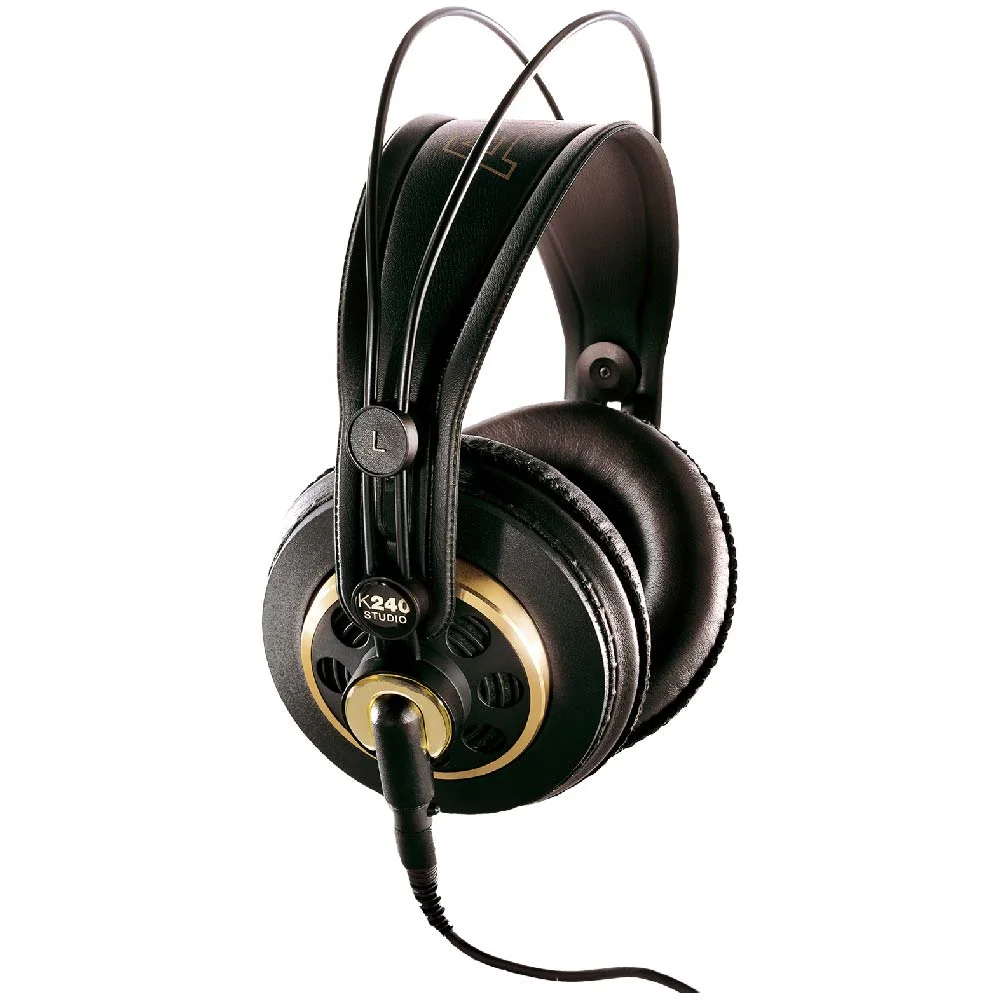
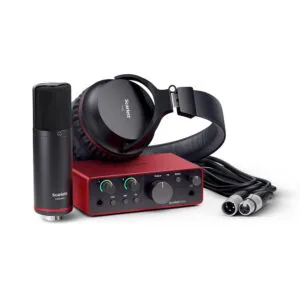

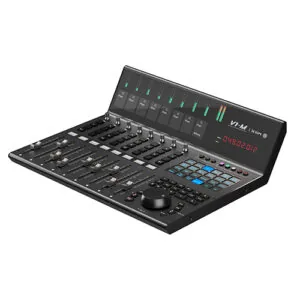
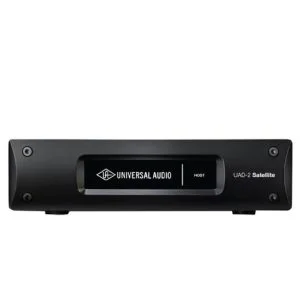
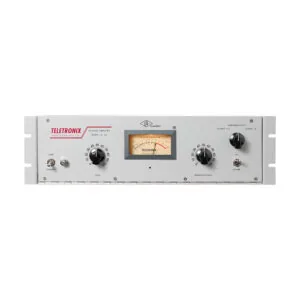
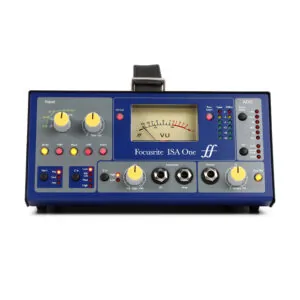
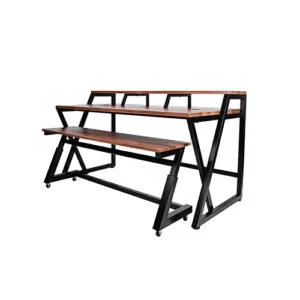
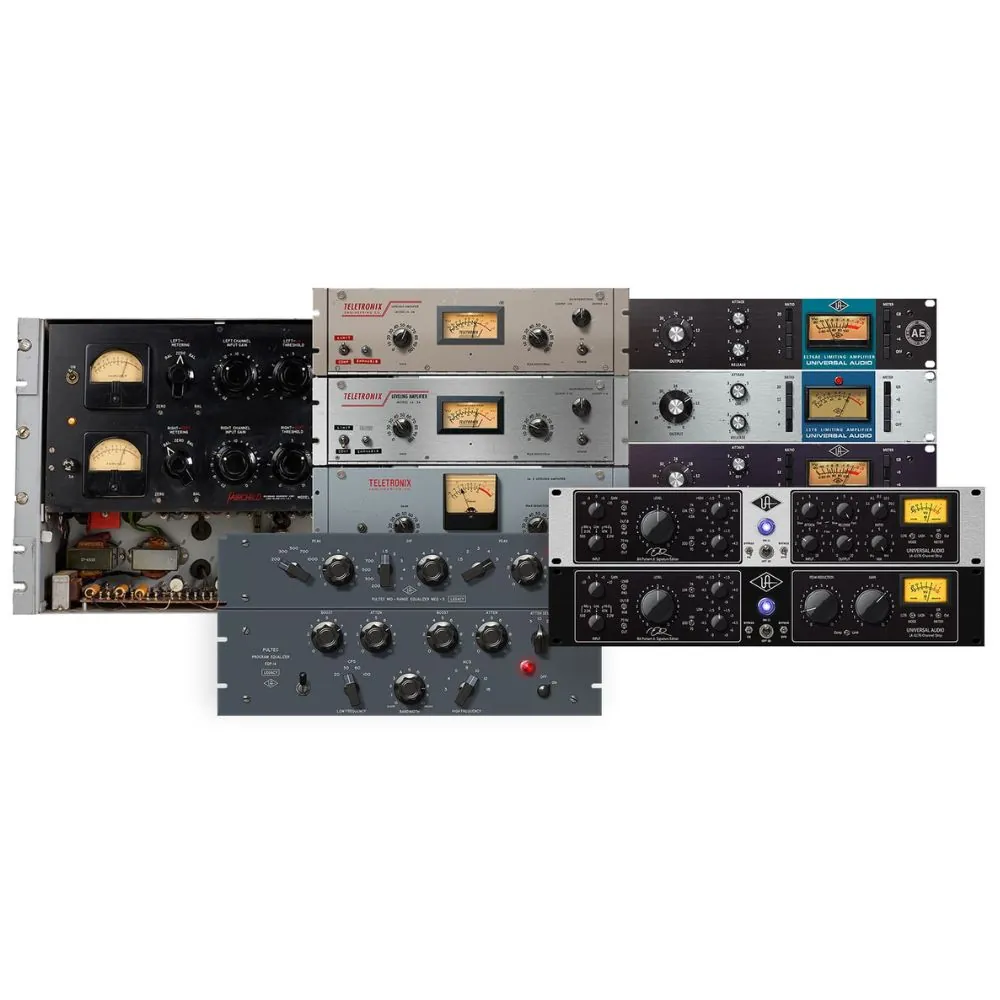

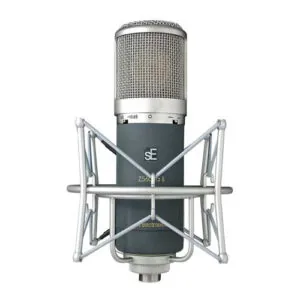



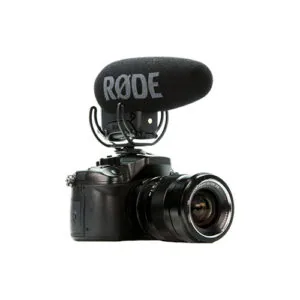

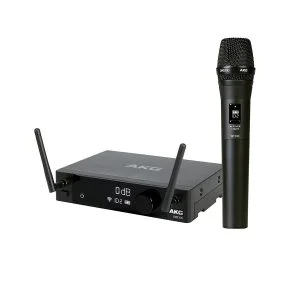
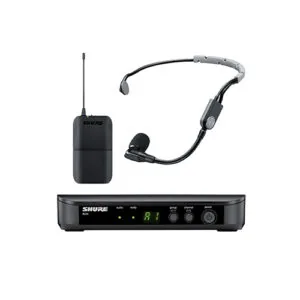

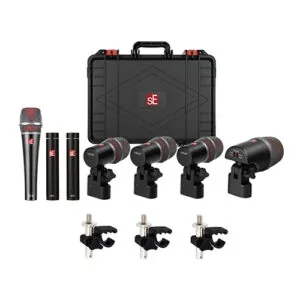
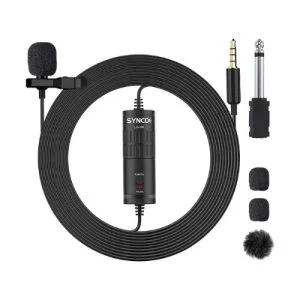
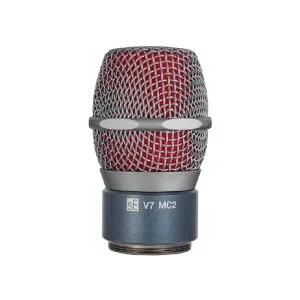
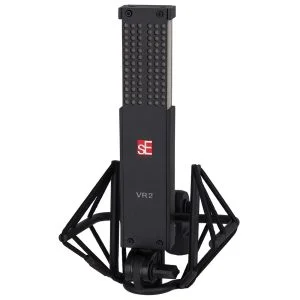
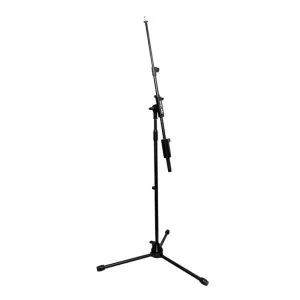
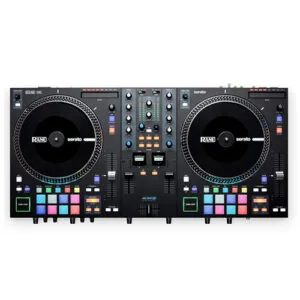




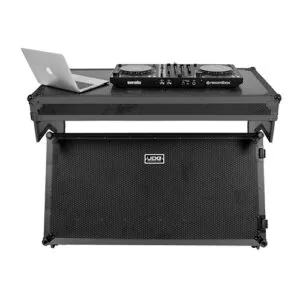
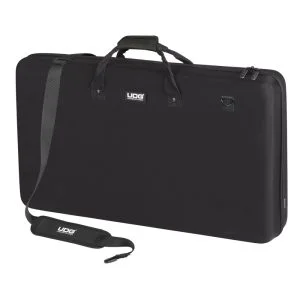
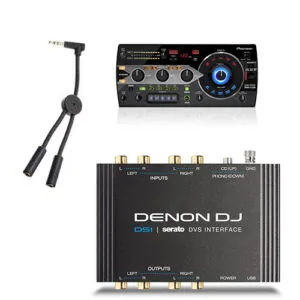

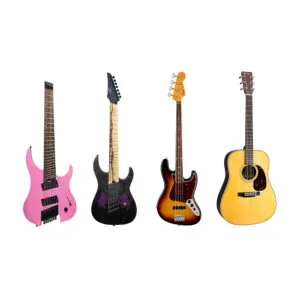
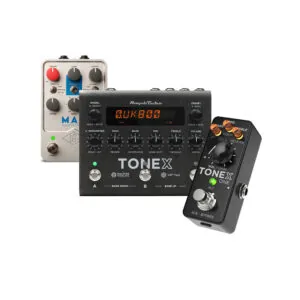

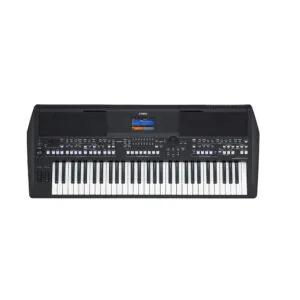
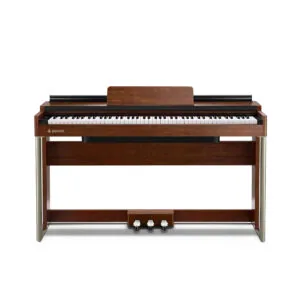
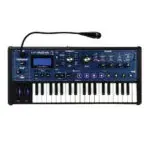
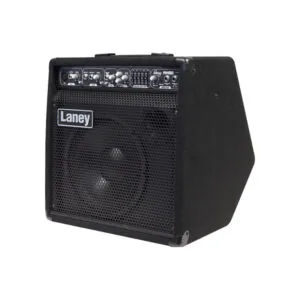
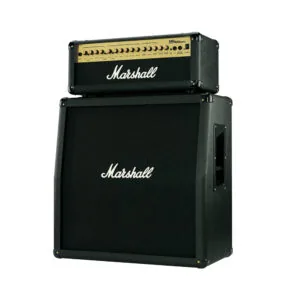

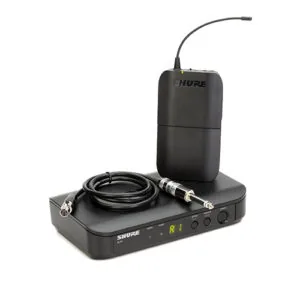
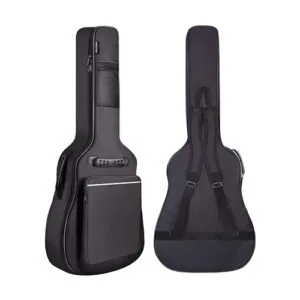





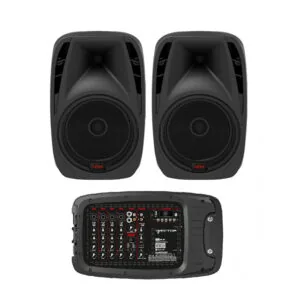
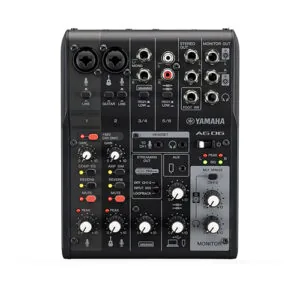





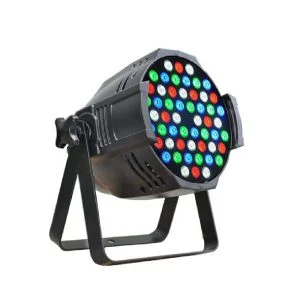
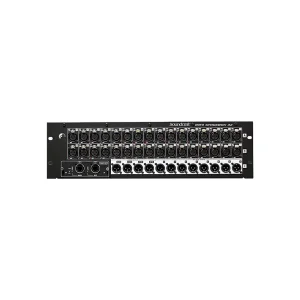


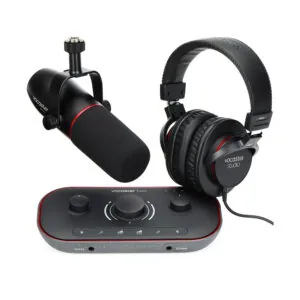
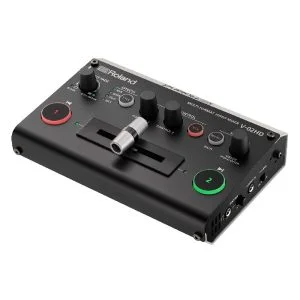
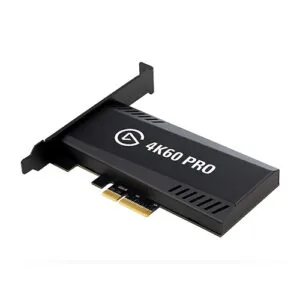
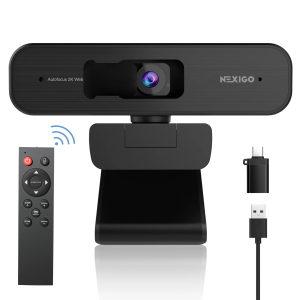
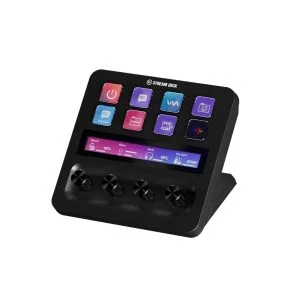
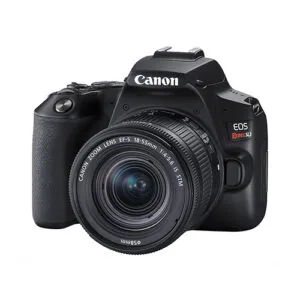
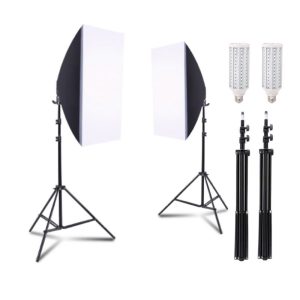
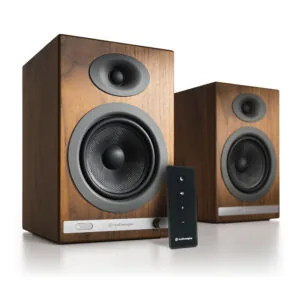
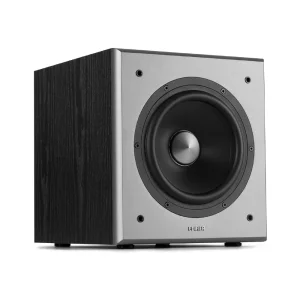
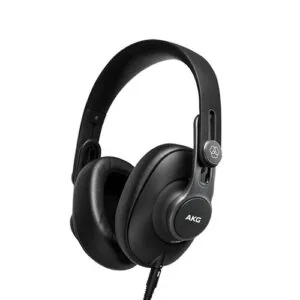
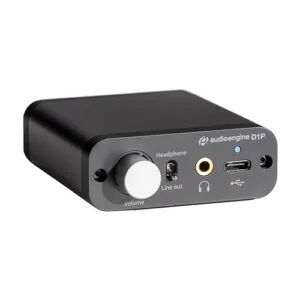

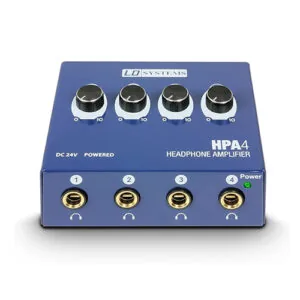
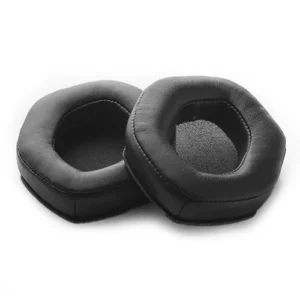
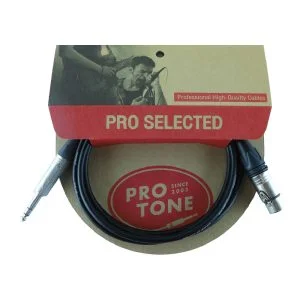
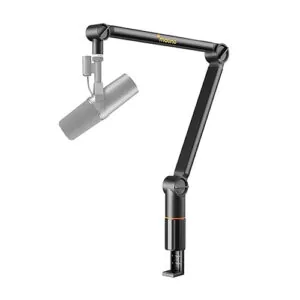
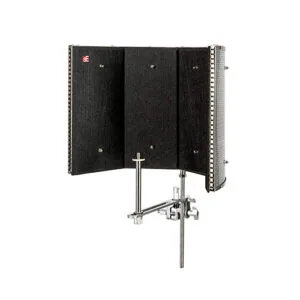
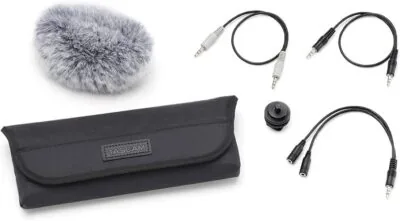

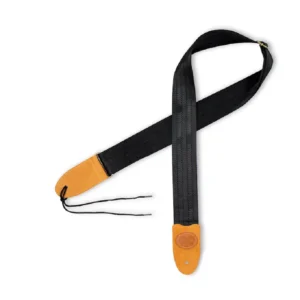
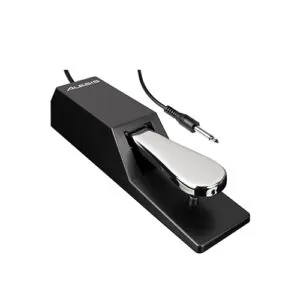
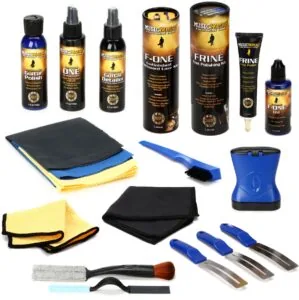
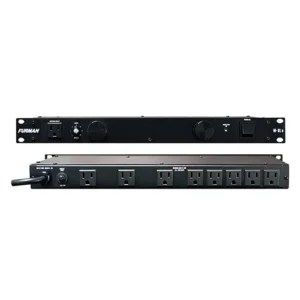
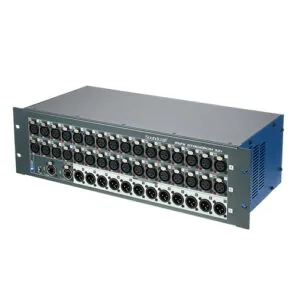

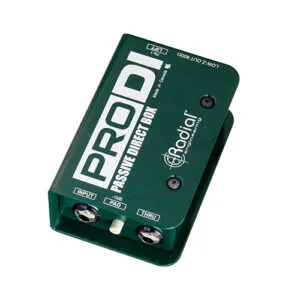

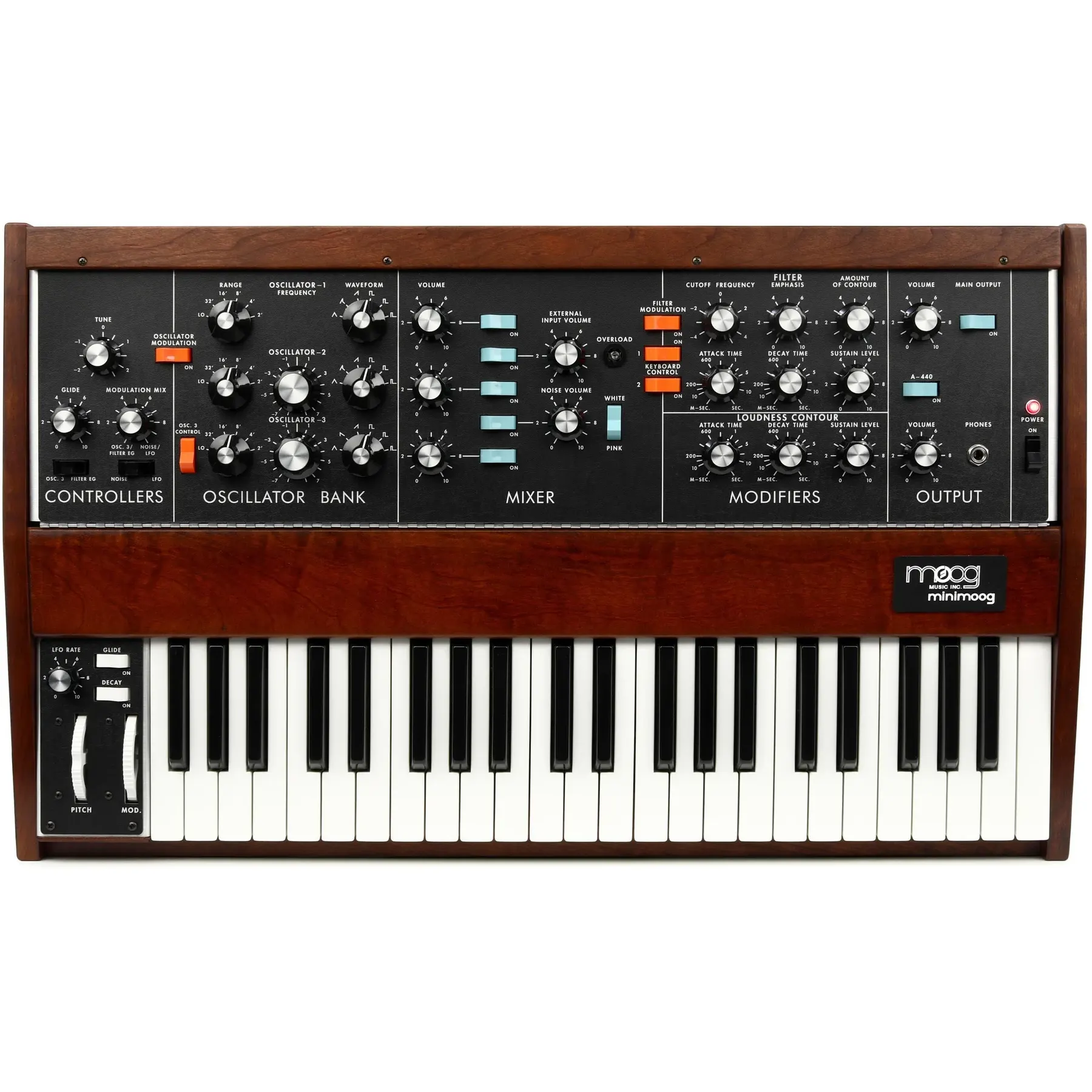


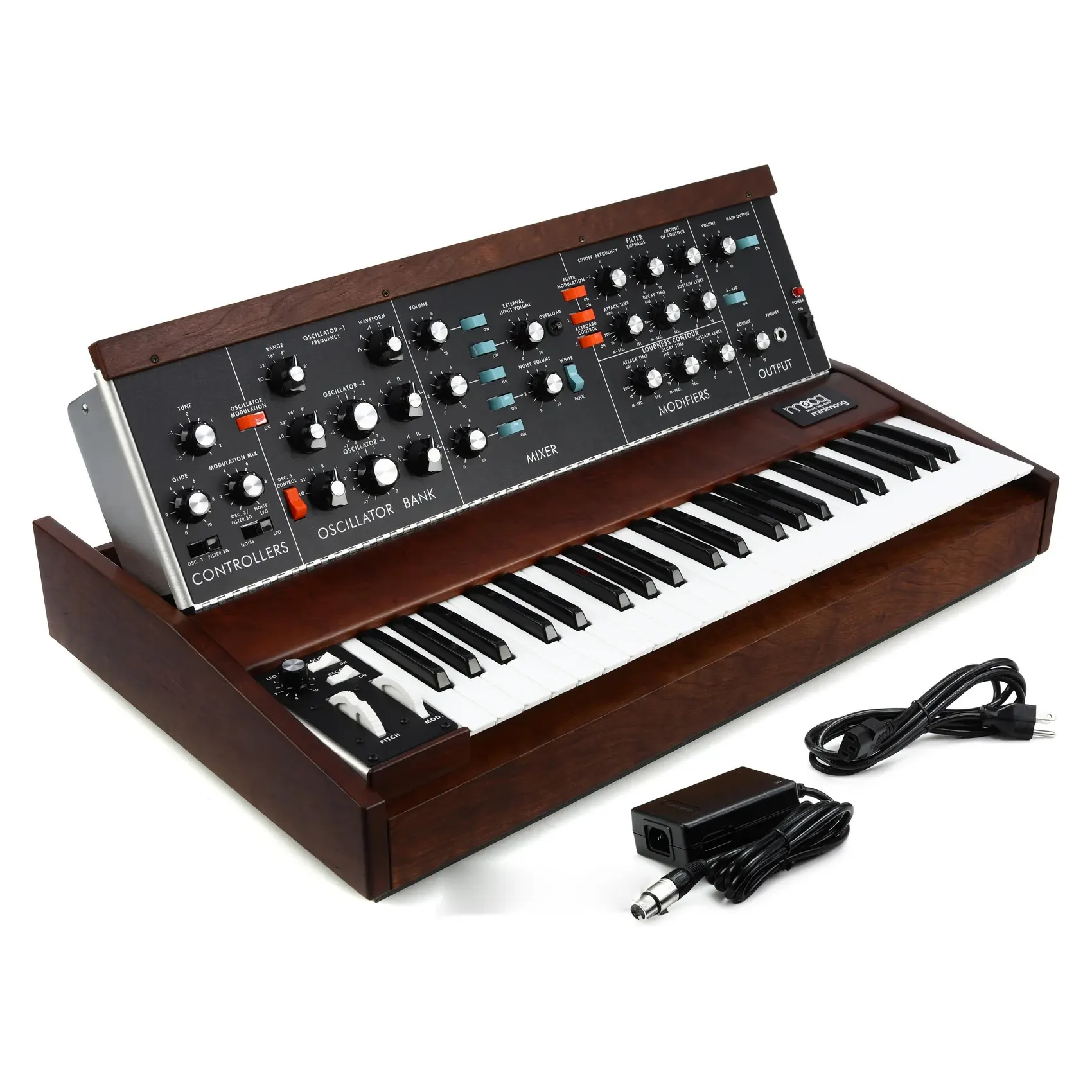
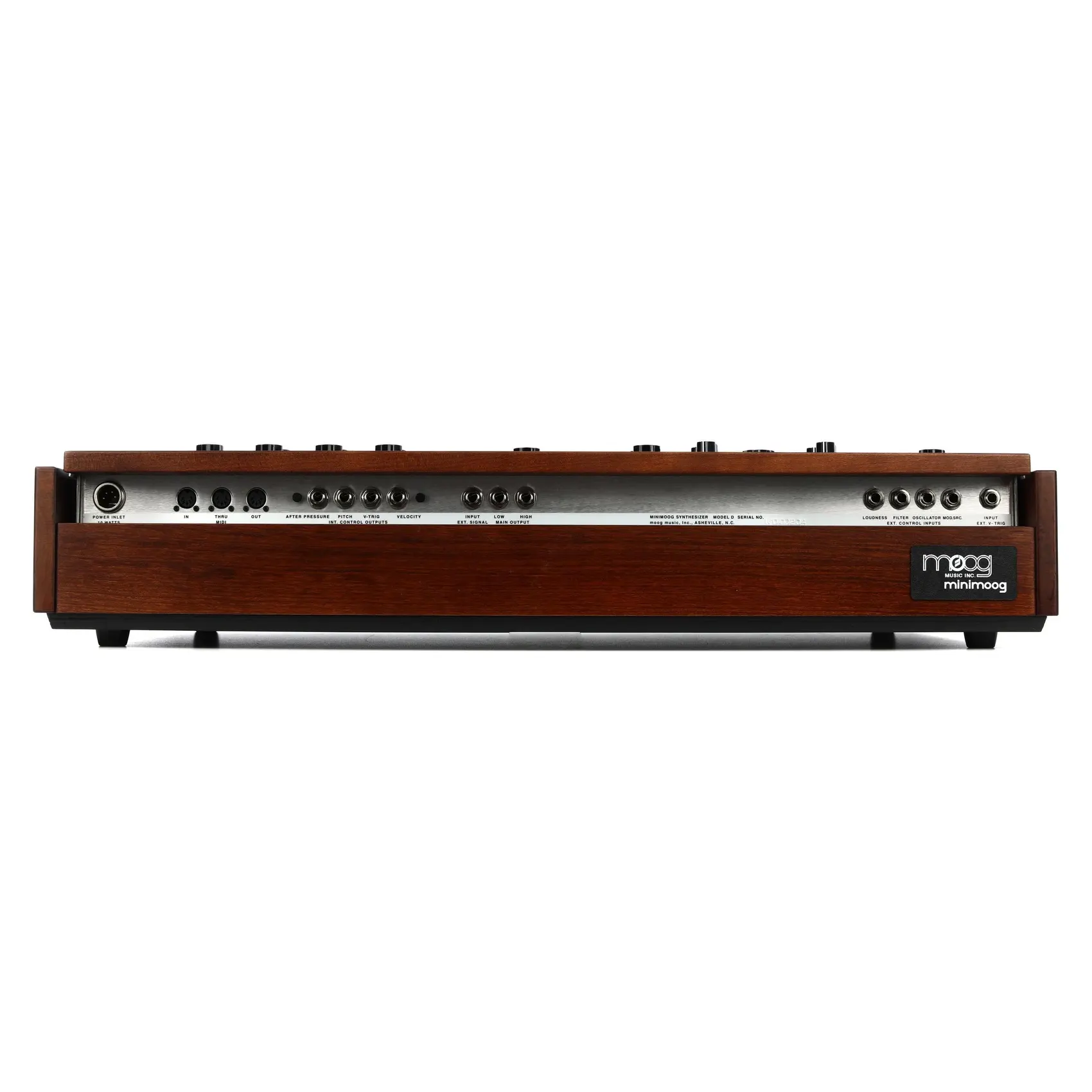
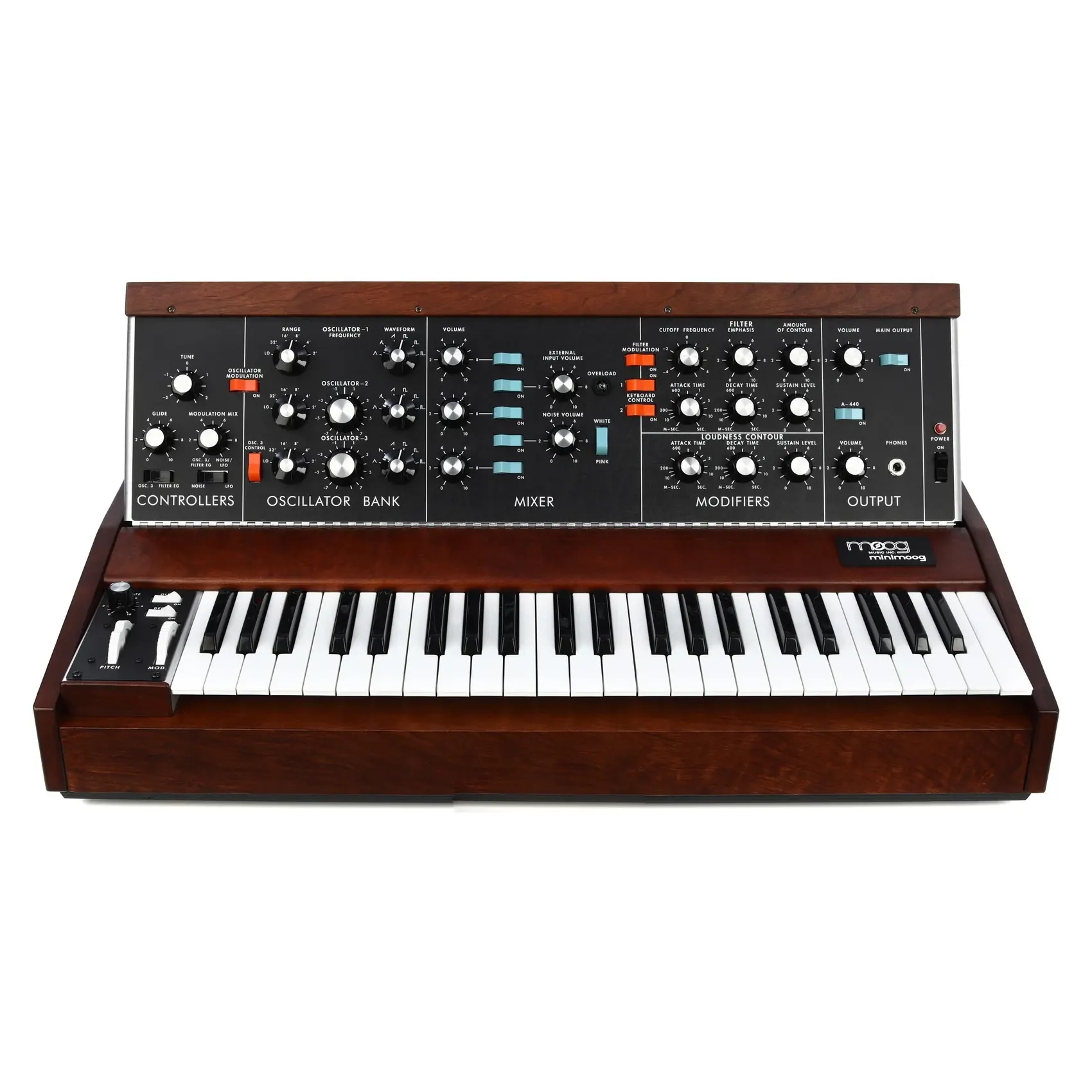
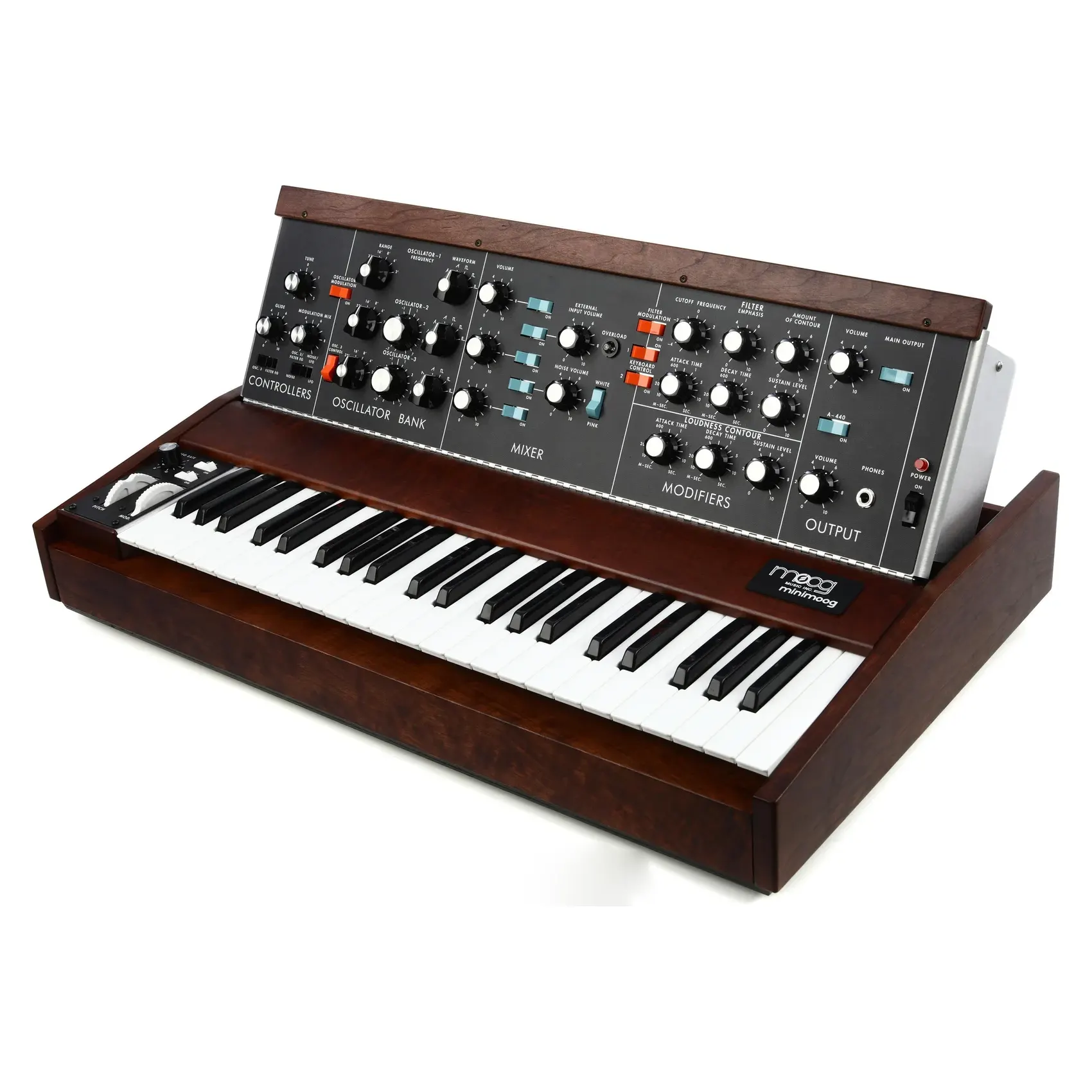
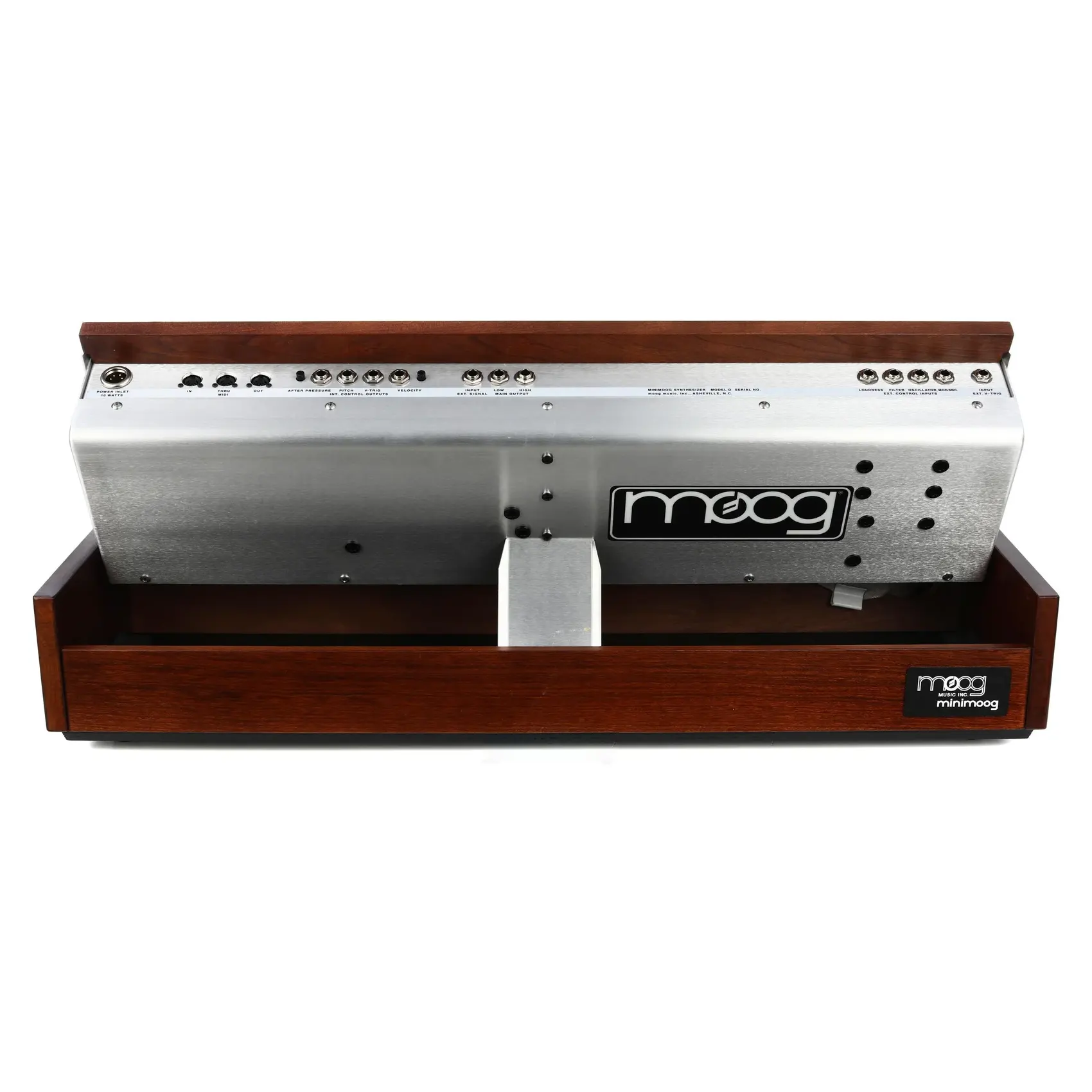
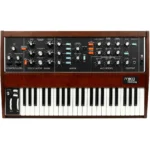
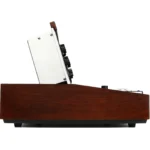
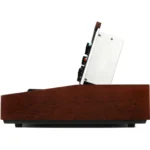
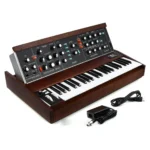
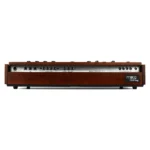
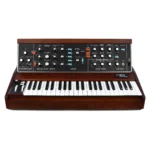













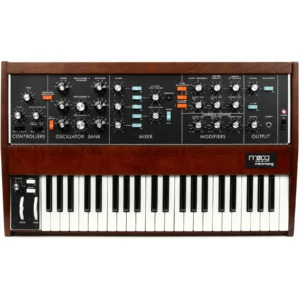

Reviews
Clear filtersThere are no reviews yet.